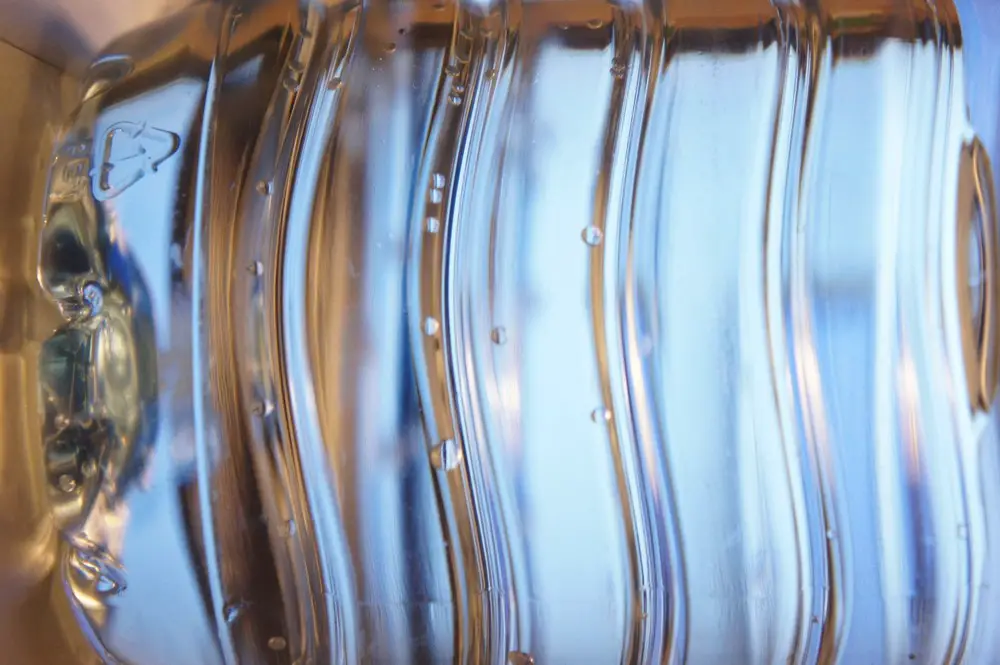How to remove scratches from clear plastic tips, Protecting polycarbonate sheets advice, Acrylic material surface protection
How to Remove Scratches From Clear Plastic
post updated 16 February 2024
Scratches due to normal wear and tear are a common problem you will experience with acrylic furniture types, safety glass lenses, windows, shields, and other materials made with clear plastics. Fortunately, you can get rid of the blemishes using standard household supplies, elbow grease, and a few guidelines. Below is a comprehensive guide on how to remove scratches from clear plastic.
How to Remove Scratches From Plastic
How to remove deep scratches on plastic permanently! – YouTube video explainer – 13 minutes 24 seconds
10 June 2021
Remove Scratches From Plastic Guide
- Gather The Right Materials
Sandpaper, baking soda, rubbing alcohol, cotton balls, dish soap, and a metal or plastic polishing compound are some of the standard materials you will need to eliminate scratches on clear plastic.
- Scrutinize The Scratches
As stated early on, clear plastic types like acrylic, polycarbonate sheets, polyvinyl chloride (PVC) are susceptible to scratching, albeit to various degrees. Therefore, it is essential to determine the depth of scratches since this would determine how you would get rid of them.
You can readily run your finger over the scratch and consider it shallow if your nail doesn’t hook. These scratches can be readily treated with mild abrasives like toothpaste or baking soda. However, you might need a couple of passes and fine grit wet sandpaper if your nail hooks, indicating a deeper scratch.
- Get It Clean
It is essential to thoroughly clean the plastic surface before buffing to prevent debris from further scratching the plastic. Therefore, use a few drops of dish soap and warm water, and apply a decent amount of rubbing alcohol to your cotton balls or a cloth to clean your clear plastic thoroughly.
- Start Buffing With A Light Abrasive
Toothpaste contains silica which is typically abrasive enough to clear minor scratches. As such, squeeze out a little toothpaste and cover the scratch, and then start buffing in small circles until the surface evens out. Then, rinse the residue with water and use elbow grease for about ten minutes to get your desired results.
You can also combine equal amounts of baking soda and water to create a thick paste. You can then apply this paste with cotton balls, working it into scratches with circular, gentle motions. Also, rinse periodically to observe your progress, and repeat till the scratches are gone. If neither baking soda nor toothpaste work, you might need wet sandpaper.
- Wet Sanding For Deeper Scratches
Wet sanding is ideal for plastic surfaces with deeper surfaces because it levels out these surfaces with more force than baking soda, toothpaste, and other light abrasives. Your sandpaper needs to be wet because moisture prevents material build-up, preventing plastic surfaces from experiencing further scratches. Consequently, soak your sandpaper in water for several minutes, and then use a circular, gentle motion to sand the area. It would be best to rinse between passes to check out your progress and re-wet your sandpaper when necessary throughout the process.
- Polish For Renewed Sheen
The plastic surface will likely lose its luster after you clear all scratches and clean thoroughly. However, you can restore its shine by using a tiny amount of metal or plastic polishing compound on the dull area. Then, apply this compound in circular motions using a clean, dry cloth to get the plastic gleaming again.
Comments on this Remove Scratches From Plastic article are welcome.
+++
How to Remove Scratches From Plastic
Removing scratches from clear plastic can be a bit tricky, but with the right methods and tools, you can improve or even eliminate the appearance of scratches. Here are some effective methods:
1. Using Toothpaste (Non-Gel)
Toothpaste is mildly abrasive and can help buff out light scratches on clear plastic.
Materials Needed:
Non-gel toothpaste (preferably one with a slightly abrasive texture)
Soft cloth or microfiber towel
Water
Steps:
Apply a small amount of non-gel toothpaste to a soft cloth.
Gently rub the toothpaste into the scratched area in small, circular motions for 30 seconds to 1 minute.
Wipe off any excess toothpaste with a damp cloth.
Dry the area with a clean, dry cloth and check if the scratch has been reduced or removed.
Repeat the process if necessary.
2. Using Baking Soda Paste
Baking soda is another mild abrasive that works well for plastic scratches.
Materials Needed:
Baking soda
Water
Soft cloth or microfiber towel
Steps:
Mix 2 parts baking soda with 1 part water to create a thick paste.
Apply the paste to the scratched area using a soft cloth.
Gently rub the paste in circular motions for 1-2 minutes.
Rinse with water and wipe clean with a dry cloth.
Check for improvement and repeat if needed.
3. Using a Plastic Polish or Scratch Remover
There are commercial plastic polishes and scratch removers specifically designed for this purpose, often available at auto parts or hardware stores.
Materials Needed:
Plastic polish or scratch remover (e.g., Meguiar’s PlastX or Novus Plastic Polish)
Soft microfiber cloth
Steps:
Apply a small amount of plastic polish to a microfiber cloth.
Rub the product into the scratched area in circular motions.
Continue polishing for 1-2 minutes.
Wipe off excess polish and check the result.
Repeat if necessary.
4. Using Fine Sandpaper (For Deep Scratches)
If the scratches are deeper, using fine sandpaper (around 1000-2000 grit) can help smooth the surface.
Materials Needed:
Wet/dry sandpaper (1000-2000 grit)
Water
Soft cloth or microfiber towel
Plastic polish (optional)
Steps:
Wet the sandpaper with water (this helps reduce friction and prevents further scratching).
Gently sand the scratched area in small, circular motions. Be careful not to press too hard.
Rinse the area with water and wipe off the excess.
After sanding, use a plastic polish to restore clarity and shine to the plastic surface.
5. Using a Heat Gun (For Minor Scratches)
In some cases, you can use a heat gun to smooth out minor scratches on plastic, especially if the plastic is soft.
Materials Needed:
Heat gun or hairdryer
Soft cloth or microfiber towel
Steps:
Heat the scratched area with a heat gun or hairdryer on a low setting. Hold it a few inches away from the surface.
As the plastic softens slightly, use a cloth to gently buff out the scratch.
Be careful not to overheat the plastic, as it could warp or discolor.
Cleaning Tips for Best Results
Test first: Always test any method on a small, inconspicuous area of the plastic to ensure it won’t cause further damage.
Clean the surface: Make sure the plastic is free of dirt and debris before starting the repair process. Use a gentle cleaner and a soft cloth.
Work gently: Avoid applying too much pressure when rubbing or buffing the plastic, as this could make the scratches worse or cause more damage.
If the scratches are particularly deep or stubborn, you might need to consider professional help, or in some cases, replacing the plastic part might be the best option. But these methods should work well for most common, light scratches!
Plastic
Plastic Products
Custom Plastic Moulding Products Experts and Manufacturers
Make the switch to plastic crates advice
Plastic and its use in construction modelling
Building Design
Residential Architecture
Comments / photos for the How To Remove Scratches From Clear Plastic page welcome.






